Tesla Plans To Launch A Robotaxi Network: What’s The Future Of Ride-hailing Amid COVID-19?
Author Uber Clone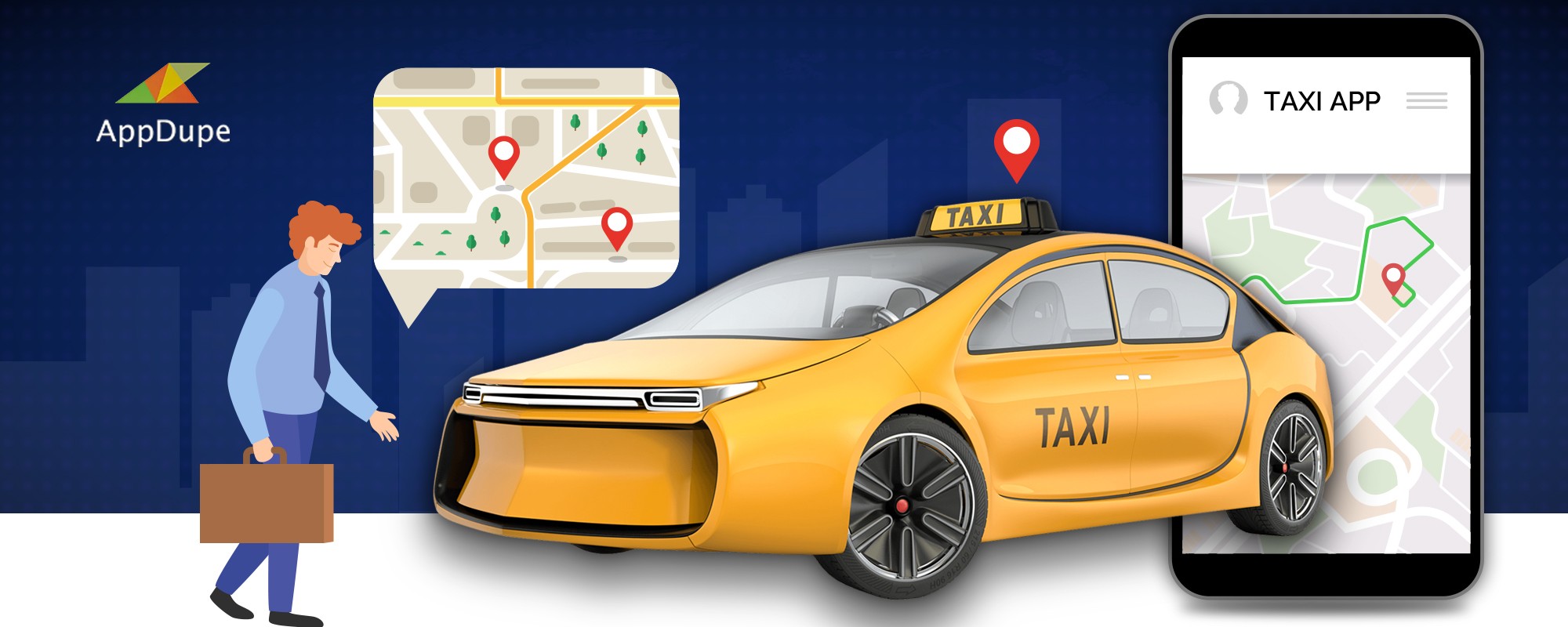
Elon Musk is no short of wonders. From SpaceX to Tesla, this guy has done it all. “I feel very confident that there will be autonomous robotaxis from Tesla next year,” stated Elon Musk in 2019. The multi-trillion-dollar Mobility as a Service (MaaS) market is undergoing an evolution. With due credits to the COVID-19 pandemic, the need for autonomous vehicles is more than ever. Is the Robotaxi network the future of ride-hailing?
The ride-hailing industry is showing signs of recovery with the situation returning to normalcy. In a recent survey involving 8000 respondents spread across seven countries, almost 45% of the participants voted safety as their top priority. With Tesla rolling out autonomous robotaxis in the near future, the stage is well-poised for entrepreneurs who wish to launch a futuristic taxi app. In this blog, let’s discuss in-depth about the robotaxi network and the future of ride-hailing post-COVID-19.
What’s the buzz around Tesla’s announcement?
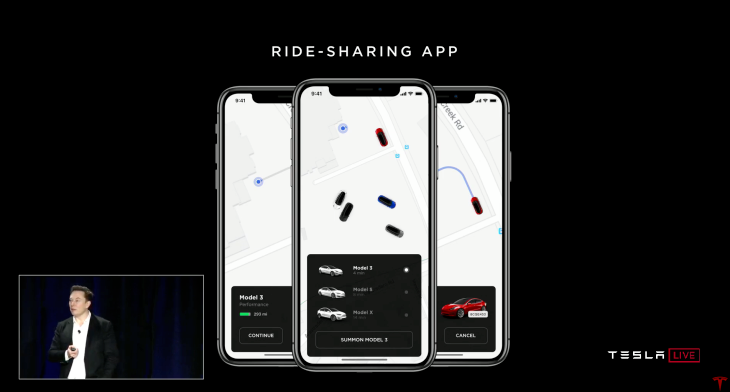
Elon Musk briefed this idea of the robotaxi network way back in 2016, naming the plan “Master Plan, Part Deux.” The underlying concept was simple – to establish an automated version of Uber, wherein Tesla car owners can generate income through their cars by sharing automated rides during their work or vacation.
Tesla celebrated its Autonomy Investors Day on April 23, 2019. Musk delivered the much-anticipated speech regarding self-driving cars, wherein he announced that Tesla is bringing its ride-sharing app into the picture. The app enables car owners of the Tesla network to share their vehicles and generate consistent income. In places where there is a noticeably less ride-sharing tendency, Tesla will introduce its fleet of robotaxis. The CEO claimed that the world can expect as many as one million robotaxis by the end of 2020.
Musk’s Three-Step Strategy
Everything seems to be working in contention with Tesla’s plan. The COVID-19 pandemic is propelling the need for private vehicles, eliminating the need for drivers from the taxi ecosystem. The visionary who has an eye on making transportation easier with his ‘Hyperloop’ concept has arrived at the three-step strategy.
Step 1: Feature-complete self-driving software with drivers’ supervision
The first step involves developing feature-rich self-driving software. The primary aim of the software is to move taxis from A to B without human intervention. The model is considered an upgrade to the existing Autopilot system. Tesla’s vehicles are loaded with a wide variety of sensors, including forward-facing radars and cameras. Besides, the hardware unit consists of a chip that can fulfill the entire self-driving process.
Step 2: Establish the taxi services with drivers watching over
The next stage involves introducing the on-demand taxi app, wherein car owners can display their free timings, and passengers can avail of the services. To ease the tension in the air, Tesla is expecting drivers to watch over the entire self-driving process in the introductory stages. This involves owners moving around with the taxis with the self-driving mode on. During this stage, Tesla sets foot into the on-demand taxi service market, competing against the likes of Uber, Lyft, etc.
Step 3: Remove Drivers from the system
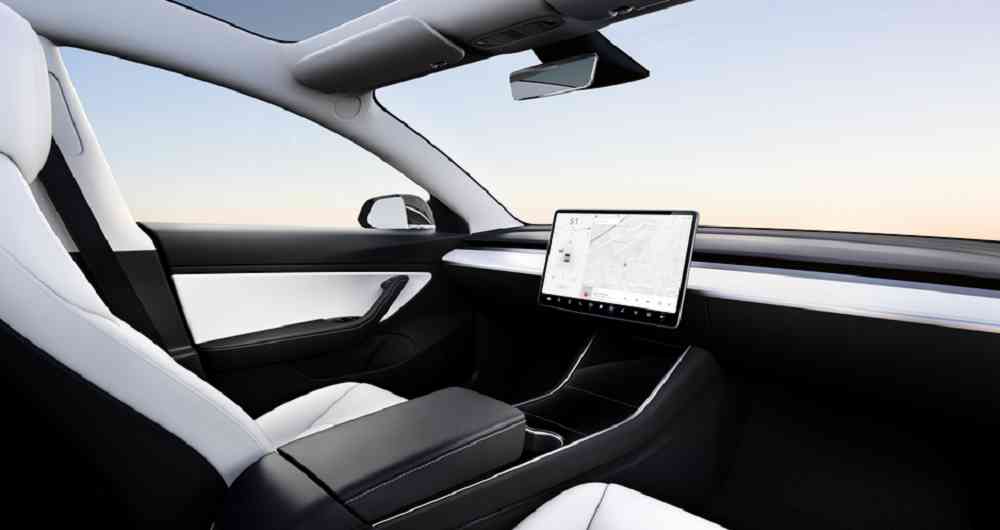
The final step in Musk’s plan involves removing drivers from the system. Removing drivers is a mammoth task considering the fact that the car has to pass through several regulatory frameworks. One grueling regulation requires six billion autopilot miles. With various factors to consider, introducing robotaxis and self-drive vehicles can be a potential breakthrough in the automobile and transportation industry. Musk believes in providing self-driving ride experience to people later this year, or at the beginning of next year.
What’s the advantage of having robotaxis?
Any innovation without potential benefits fails to gain a positive reception among the audience. The robotaxi network comes with lucrative benefits for both car owners and passengers.
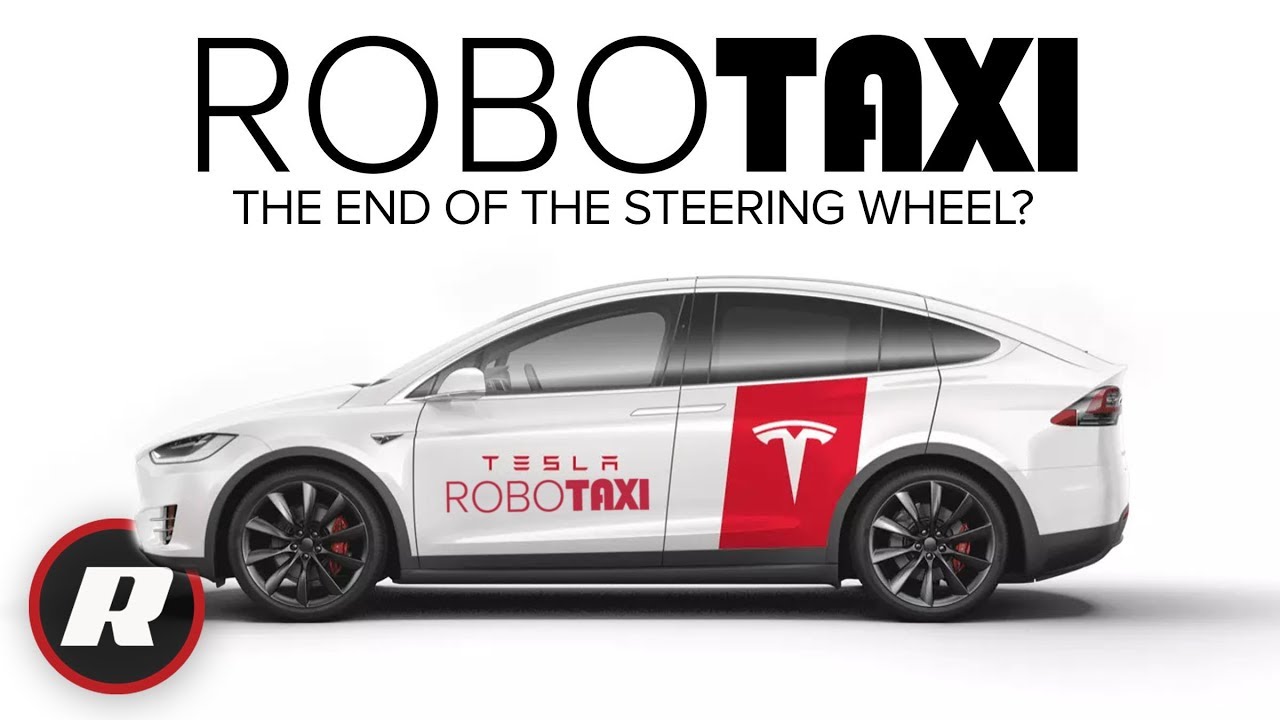
Some of the advantages include,
- A single robotaxi can generate a gross profit of $30,000 per year.
- With that being said, the car’s longevity expands to 11 years way higher than fuel-led fleets.
- With a gross profit per mile of $0.65 and the total cost of buying the vehicle getting reduced by $38,000, robotaxi can be the long-awaited jackpot for people worldwide.
- With the robust financial model of Tesla, it is estimated that the robotaxi network will grow to a considerable number of 2.75 million by 2026, generating $92 billion.
An irresistible force awaits to ramp up the taxi network soon. Tesla’s autonomous vehicles could open the floodgates for several entrepreneurs who had longed for a ‘level playing field’ in the taxi industry. After years of dominance by Uber, Lyft, and several other taxi-sharing networks, smart mobility is set to take over the industry by storm.
How has COVID-19 changed the taxi dynamics?
Most of the top-performing industries have plummeted in their values, facing losses that weren’t remotely possible with such an upward trend pre-COVID-19. With lockdown norms occupying the majority of the first six months of 2020, the taxi industry has come to a halt, and the demand for taxis has almost completely dried up. Most of the popular ride-sharing platforms have witnessed a minimum of 60-70% decline in sales.
A recent survey by Mckinsey & Company sheds light on the growing demand among people for private vehicles. Almost 81% of the participants preferred a private ride rather than ride-sharing or public transport. Safety protocols that can ensure a hassle-free trip become the need of the hour. With the industry’s pioneer, Uber, tweaking its business model for the first time in the decade, this can be the right time for entrepreneurs to capitalize on the evolving situation. Uber has established its Software as a Service (SaaS) model, probably after a decade of success with its aggregator model.
Uber rents its software to public transit agencies, enabling the public to reserve seats in public transport well-in-advance. Similarly, it is high time taxi companies provide corporate-specific rides, restricting ride-hailing services to a particular organization.
Smart mobility can be the first step to complete automation
E-scooters have already established their position in the mobility industry. The drivers’ role is eliminated in case of e-scooters, wherein drivers pick up the vehicle, scan the QR code, start the ride, reach the destination, lock the vehicle at the parking slot, and commences the ride. The next rider in the vicinity picks up the vehicle for future use.
The same concept can be applied to taxis as well. For years altogether, self-drive car rentals were preferred on weekends and vacation trips. The success of an Uber clone app involves making the process of self-driving cars more easily accessible, reliable, and economical.
What lies ahead?
Tesla’s plans can be the future. But it takes time to make the process more efficient and seamless. An entrepreneur leveraging smart mobility and self-drive cars can succeed and boost the ROI significantly, provided the entire system falls under the safety guidelines. Establishing the Uber clone app at the cusp of the moment can be ideal, beneficial, and profitable.
The paradigm shift of fuel-led vehicles to electric power-led vehicles is inevitable. Witnessing and evolving with the trend can mark the rise of the next big thing in the modern era. Are you the entrepreneur that the world awaits?
Well, you have the ideas, and we, at Appdupe, have the resources. If you ever need an app development partner who aspires to make revolutions in the same way you do, we are just a tap away. Schedule a meeting with our experts, tell them your needs, and join hands with us to build a future that is environment-friendly, reliable, and autonomous!
Looking to startup a futuristic taxi app business?

Marketing is my soul mate and writing is my side kick. Using my writing skills to share the knowledge of app development and upcoming technologies.

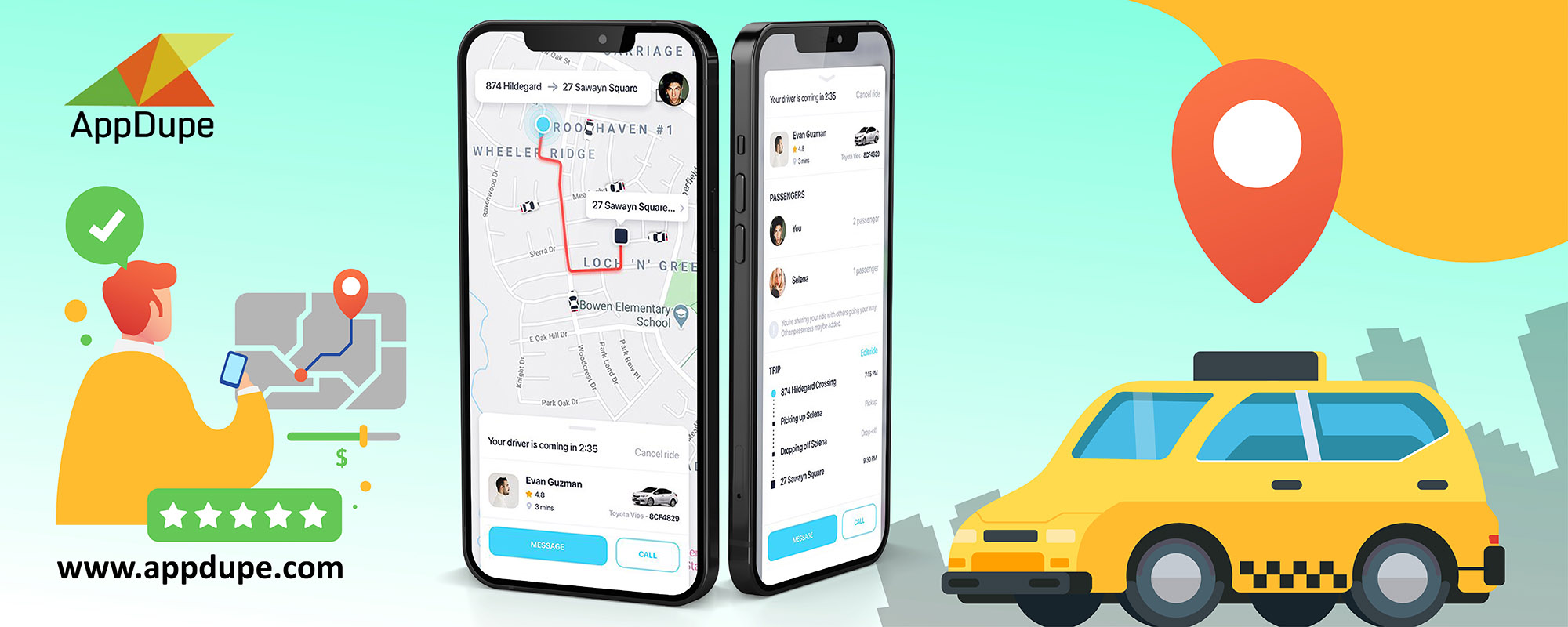







696629 101898Hey there guys, newbie here. Ive lurked about here for just a little even though and thought Id take part in! Looks like youve got quite a very good place here 886647
17648 792268 You should take part in a contest for one of the finest blogs on the internet. I will recommend this internet site! 182695
734287 429068Immigration Lawyers […]the time to read or check out the content material or sites we have linked to below the[…] 222339
51729 382271Id have to check with you here. Which is not something I normally do! I enjoy reading a post that will make individuals think. Also, thanks for allowing me to comment! 154118
304413 563245 You produced some decent points there. I looked on the internet for the concern and discovered most individuals will go along with with your internet site. 568342
619296 366332This weblog actually is excellent. How was it made ? 972861
831408 200444bathroom towels really should be maintained with a good fabric conditioner so that they will last longer:: 912115